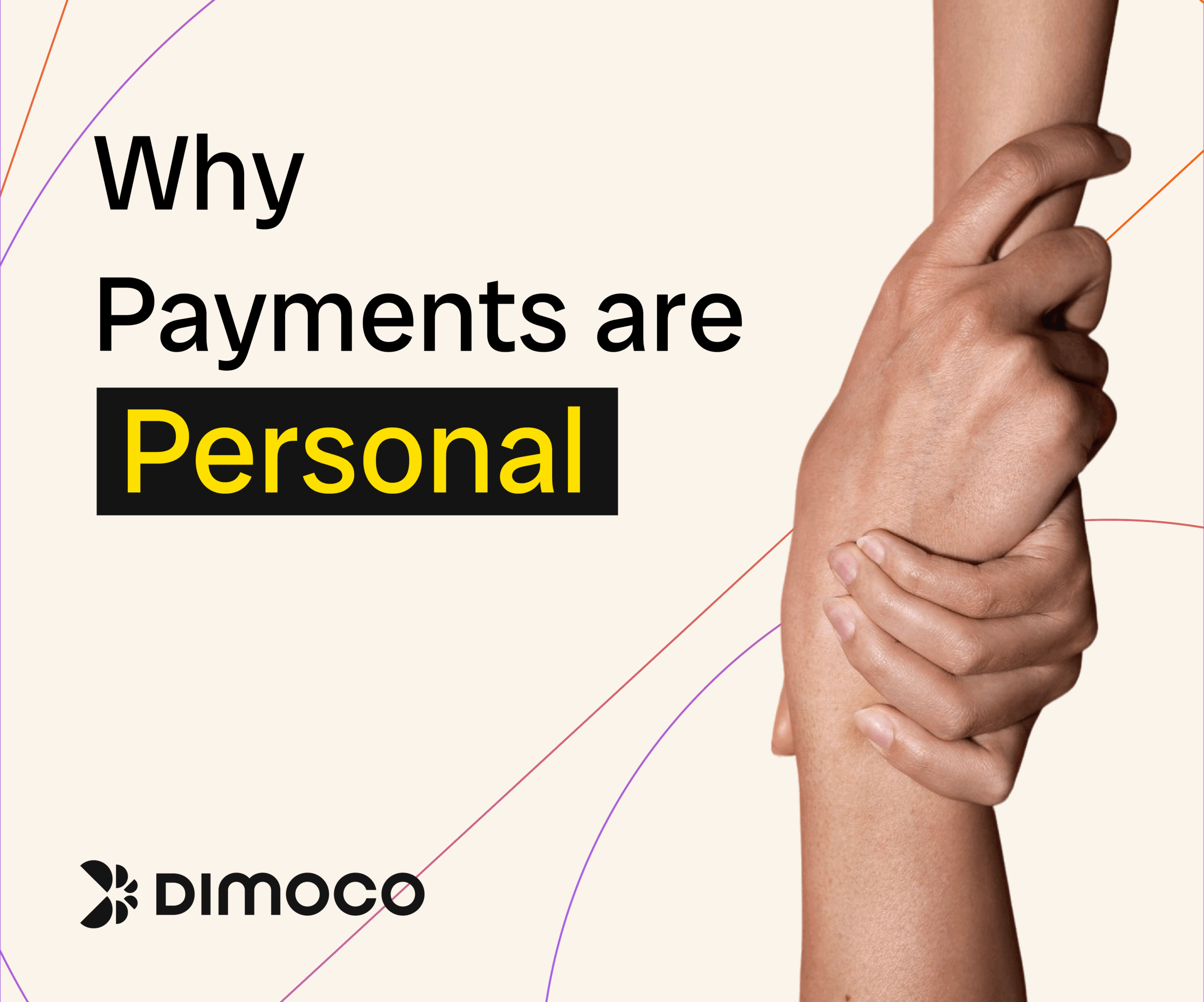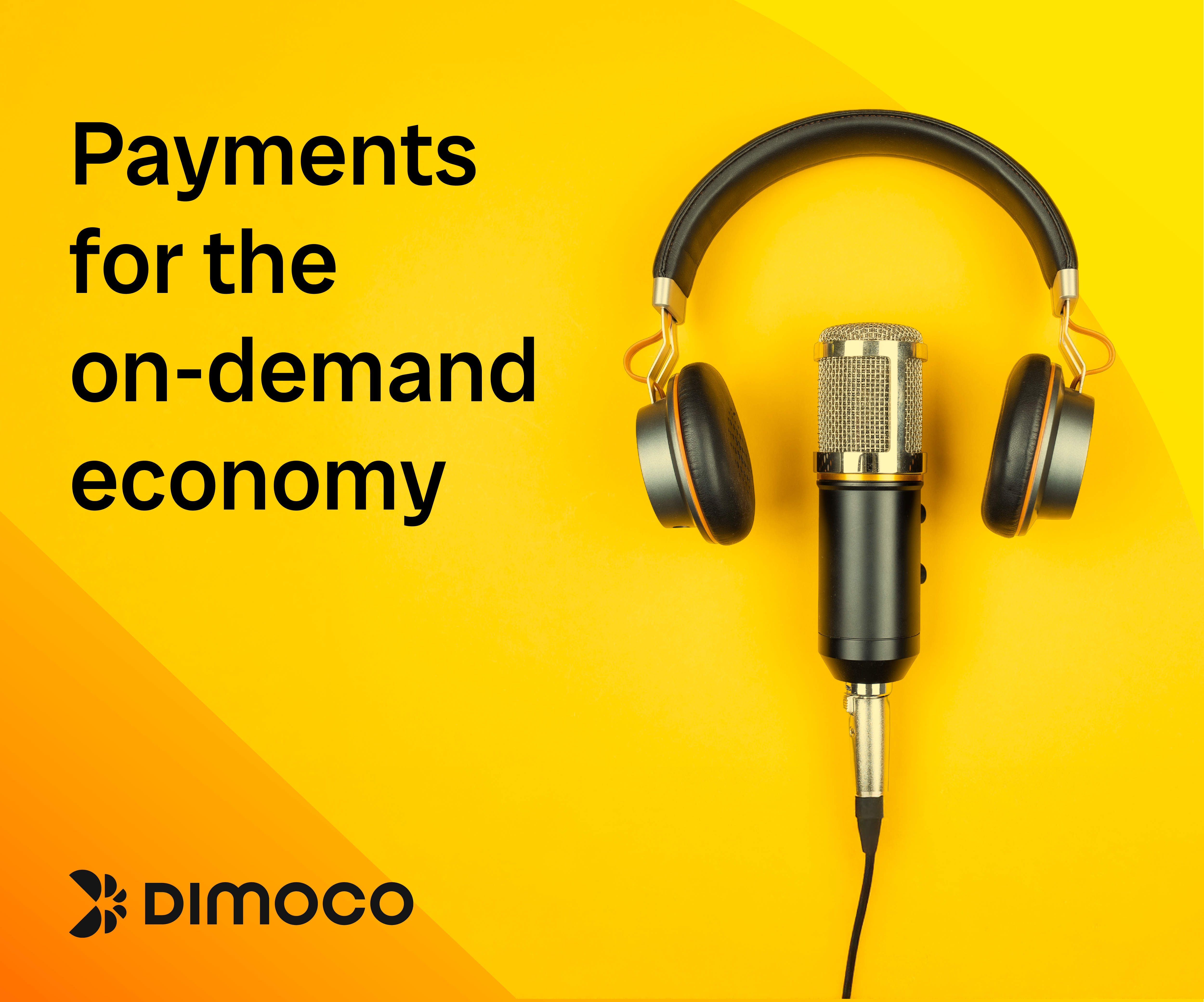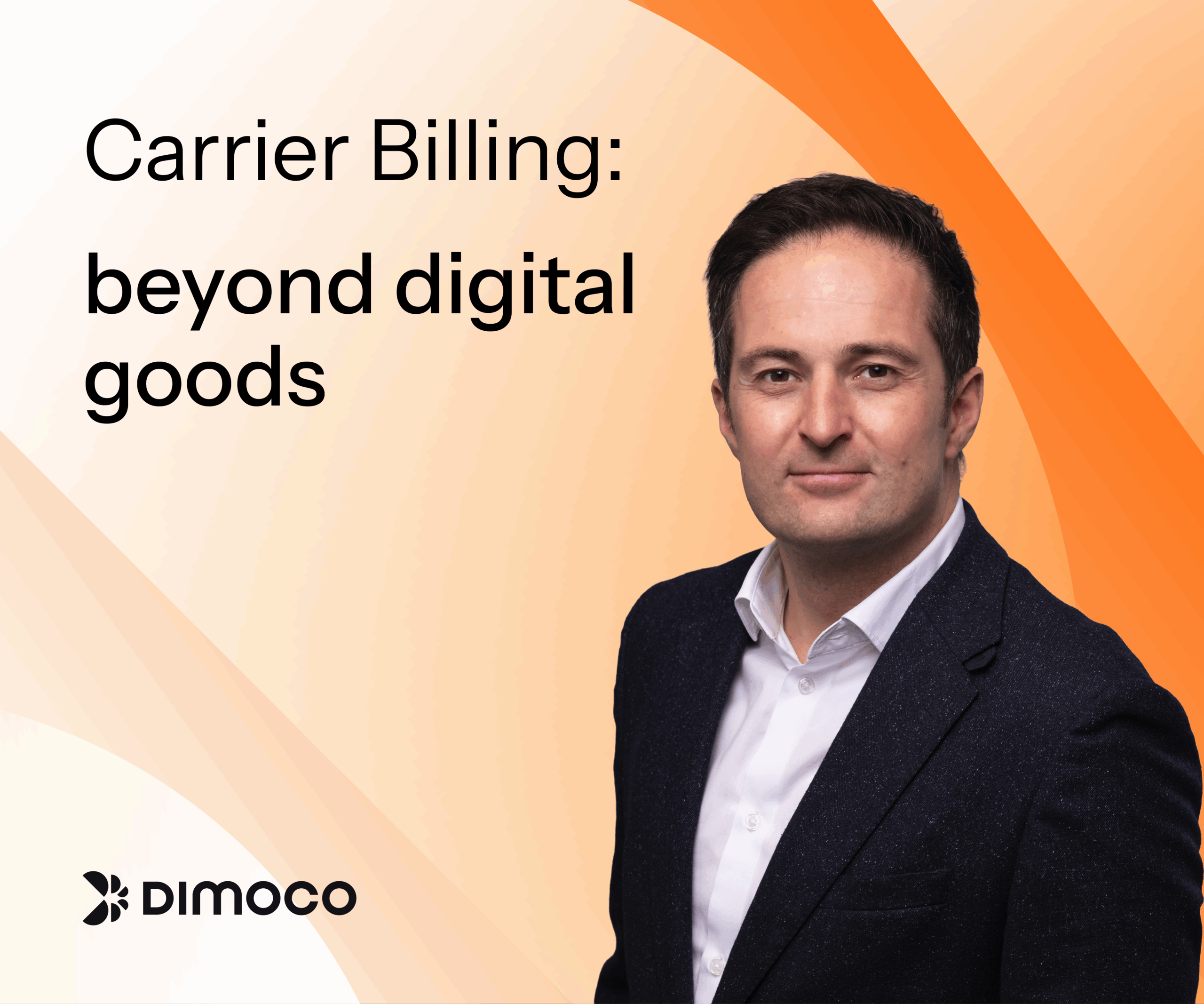How do the costs of carrier billing compare with cards?
When it comes to paying for digital services or products online, most people are familiar with using credit or debit cards. However, an increasingly popular alternative is carrier billing, which allows consumers to charge purchases directly to their mobile phone bill. At first glance, carrier billing might seem more expensive than using traditional card payments. But is it really? Let’s take a closer look at the hidden costs of processing card payments online and the transparency of carrier billing’s “one fee” system.
The hidden costs of card payments
On the surface, card payments might seem straightforward and low-cost. You pay a percentage fee per transaction, and that’s it, right? Not quite. Below the surface, card payments come with a labyrinth of hidden fees that often go unnoticed by the average consumer and even some businesses. Here’s what makes card payments more complex (and costly) than they initially appear:
Interchange++ Fees: These are fees paid by the merchant’s bank to the cardholder’s bank whenever a card is used. Interchange fees can vary significantly depending on the card type (credit vs. debit), the issuing bank, and even the location of the transaction.
Payment Gateway Fees: To process online transactions, merchants need a payment gateway that connects their website to the payment processor. Payment gateways often charge setup fees, monthly fees, and additional transaction fees.
Acquirer Fees: These fees are paid to the acquiring bank that processes card payments on behalf of the merchant. They often include a mix of flat fees, percentage fees, and sometimes extra charges for international transactions.
Chargeback Fees: Whenever a customer disputes a transaction, the merchant is not only at risk of losing the sale but also of incurring chargeback fees, which can range from $20 to $100 per incident.
Fraud Prevention Costs: The risk of fraud is an ever-present concern with card payments, and many merchants invest heavily in fraud prevention tools and charge insurance fees to mitigate the impact of fraudulent transactions.
Cross-Border Fees: If a purchase is made with a card from another country, the merchant might also face cross-border fees, which can be significant for businesses operating internationally.
All these costs add up, making the true cost of card processing much higher than just the headline rate. For the merchant, these fees can eat into profit margins, and the consumer might indirectly pay more due to increased prices to offset these hidden costs.
The transparency of Carrier Billing
Carrier billing simplifies the payment process by allowing consumers to charge purchases directly to their mobile phone bill. This method offers several advantages that are often overlooked:
- One Fixed Fee: Carrier billing has one fee that covers the entire payment process. Unlike card payments, where costs are divided into various fees, carrier billing bundles everything into one transparent charge. There are no hidden fees, and the price you see is the price you pay.
- No Additional Processing Fees: There are no interchange fees, gateway fees, or acquirer fees with carrier billing. The transaction is straightforward: the consumer buys a product or service, and the cost is added to their mobile bill.
- No Chargeback Risks: Since carrier billing does not involve traditional banking or credit card systems, there are no chargebacks. This reduces risk for merchants and keeps the process simple and secure for consumers.
- Security and Privacy: Carrier billing transactions do not require sensitive personal data like card numbers or bank account details, making it a safer option in many respects. This not only reduces the risk of fraud but also adds an extra layer of privacy for the consumer.
- Instant Payments: Transactions are instantaneous, and there’s no need to fill out forms or enter card details. This makes carrier billing one of the most convenient payment options, especially for digital goods like in-app purchases, subscriptions, and gaming/iGaming credits.
Is Carrier Billing really more expensive?
01
At first glance, carrier billing fees can seem higher. This is because they are often presented as a single, higher percentage fee. The key difference is that with carrier billing, there are no hidden extras. The fee structure is simple, transparent, and easy to understand.
02
In contrast, card payments often seem cheaper until you factor in all the additional costs. When you add up interchange fees, acquirer fees, fraud prevention costs, chargeback fees, and other charges, card payments can be more expensive than initially anticipated.
The true cost of transparency
01
While carrier billing might initially appear to be more expensive due to its single fee structure, it’s important to recognize that this fee covers the entire payment process. Card payments, on the other hand, come with a host of additional costs that can add up quickly, making them far more complex and often more expensive than they appear. So, while carrier billing might seem pricier on the surface, its transparency and simplicity can actually make it a more cost-effective option overall. No payments icebergs here.
02
But, we should make something clear. We are not suggest giving up cards, they are an important part of the payment ecosystem and a trusted payment method for millions of people. We are also an acquirer. However, we had merchants initially wary of the cost of carrier billing because they can seem so much higher than that of cards, so we felt it our duty to make it clear. Yes, the prices may seem higher but in reality, they are not. Carrier billing is the perfect addition to many merchants’ payment stacks.



